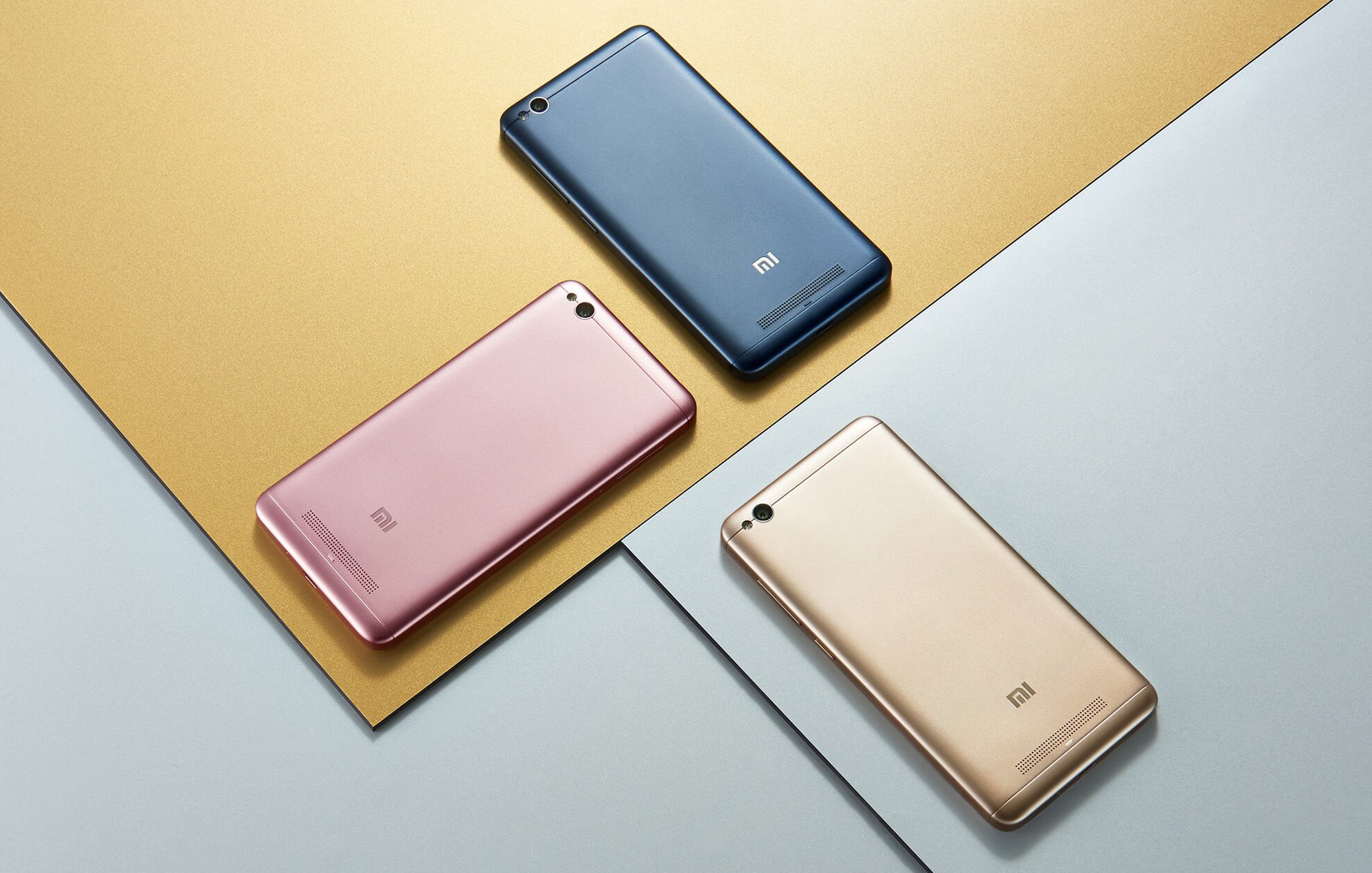Affiliate links on Android Authority may earn us a commission. Learn more.
Why India is the next battleground for smartphone makers

According to a report by Kantar Worldpanel, smartphone sales in the US, China, and EU5 have already surpassed 90 percent of the potential market. In order to boost sales and increase revenues, companies are increasingly turning towards India, which is currently the second biggest smartphone market in the world behind China. Let’s put that in perspective.
Over the next 12 months, 52 percent of smartphone owners in India plan on buying a new device. With over 300 million smartphone users in the country, this represents a tremendous opportunity for manufacturers. Everyone is trying to make it big in India including established brands like Samsung as well as Chinese companies including Xiaomi, OPPO, and vivo. So, what do these companies have to do to convince consumers to buy their smartphones?
Two-thirds of smartphones sold in India cost less than $180.
According to the report, the main factors influencing consumers’ purchasing decisions are 4G capability, camera, battery life, and price. Two-thirds of smartphones sold in the country cost less than $180, while devices over $300 take up only a small fraction of the market. It’s also worth mentioning that 68 percent of smartphones are sold in offline retail stores, compared to only 21 percent online. By comparison, online sales make up a much larger percentage of smartphone purchases in China.

Samsung is currently still the biggest player in India, but things might change in the future (Samsung’s fortunes have already turned in China). In India and elsewhere, the South Korean giant is having a hard time competing against Chinese brands that offer smartphones with a better price-performance ratio. So what gives?
Samsung’s market share in India in the first quarter of 2017 was 27 percent: three percentage points down compared with the same period a year ago. Apple, on the other hand, isn’t doing so well either, as it only grabbed 3 percent of the Indian market in the same quarter. Clearly the strategies these companies have used to dominate the smartphone market do not translate perfectly to the Indian market. It’s not just about high prices either, as Samsung’s average selling price is only around $230.
Chinese manufacturers doubled their combined Indian market share to 50 percent in Q1 2017.
Meanwhile, Chinese manufacturers have increased their combined market share from 27 percent in Q1 2016 to 50 percent in Q1 2017. That’s a huge uptake that demonstrates they understand something Samsung and Apple don’t about India. Xiaomi and vivo currently share second place in terms of sales in India with a market share of 12 percent each. They are followed by Lenovo with 11 percent and OPPO with 10 percent.
Business has been especially great for Xiaomi, which has been doing business in India for only a few years. It knows how to cater to the market with affordable smartphones and is now trying to increase its presence in the offline retail market. The company has announced that it will soon open up its first Mi Home store in the country. The main difference here is that the Chinese brands are targeting the entry level and mid-range segment while also offering high end devices at much lower price points than Apple and Samsung.

Based on the data, the future looks bright for Chinese manufacturers offering affordable smartphones both online and offline. Samsung, Apple, and other companies will have to change their business strategies if they want to stay relevant in India in the long run.
Focusing on making devices with a great camera, solid battery life, and an affordable price tag is clearly the way to go in India. If an OEM doesn’t already have a device in its stable that fits the bill, then it needs to make one if it wants to compete against those that do. With only 450 million Indians having access to the internet (out of a population greater than 1.3 billion), smartphone manufacturers also need to get their phones in front of potential new customers in any way they can, and that means getting more devices in more physical stores.